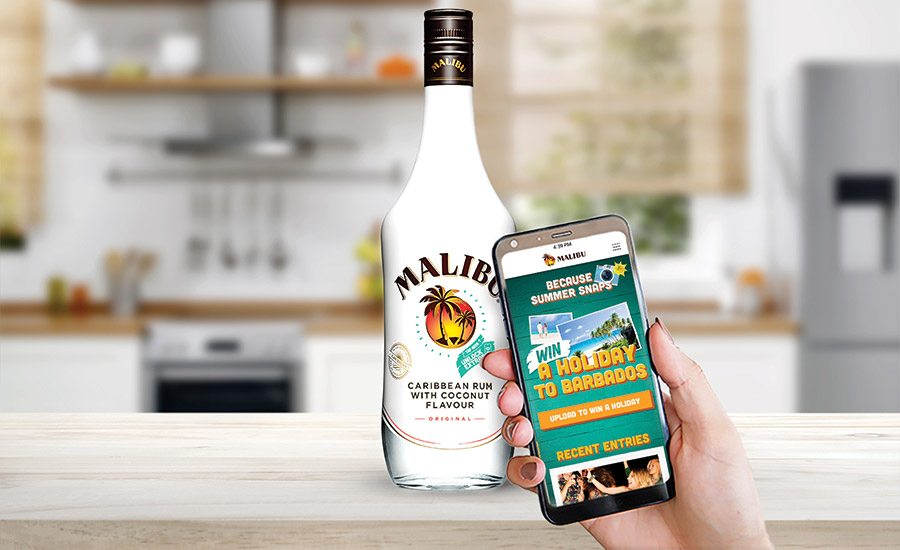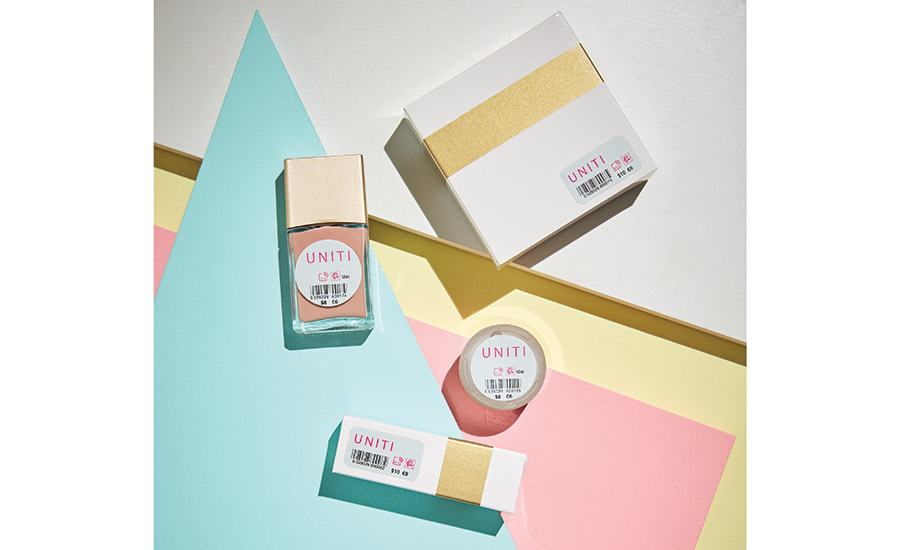Smart labels allow retailers and brands to engage directly with consumers, and with manufacturers to track inventory through the supply chain — which, in turn, provides consumers with the transparency and convenience they desire in packaging. Consumers can use their smart phone to “read” the smart label for product information, promotional offers and more before, during and after purchase.
Radio Frequency Identification (RFID) technology generates data not seen on the physical label and includes a microchip or antenna. Smart labels bring a functional element to packaging — it gives everyday products a unique digital identity that can be used to connect supply chains, optimize inventory, create a unique consumer experience and protect products against theft and counterfeit.
An intelligent label combines a pressure-sensitive label with an RFID inlay to create label applications that can store and capture information, and wirelessly transmit data. The RFID inlay is made up of an integrated circuit or chip — which holds the memory that stores the identification data — and an antenna, which transmits data to a reader. These two components are built onto a flexible carrier that is then inserted into a finished label. An RFID reader is used to extract the data from the label, which can then be used for inventory optimization, supply chain connectivity, to prevent counterfeiting and increase consumer engagement.
There are different frequencies for RFID technology: UHF (ultra-high frequency) operates at 860 to 960 MHz, and its primary function is to “read” a large number of products in a short time without line of sight. NFC (near field communication) is a subset of HF (high frequency) that operates at 13.56MHz. NFC was originally designed for payments (Apple Pay) but its use is emerging for consumer engagement and authentication.
RFID is commonly used in retail apparel for inventory management and also used in transportation (aviation, auto manufacturing, tolls, parking garages); healthcare, to track assets, manage re-stocking of medicines and expiration date management; automotive, to track parts; and industrial and distribution applications to track assets or products at a pallet level on high volume distribution.
Avery Dennison partners with PragmatIC (pragmatic.tech), which manufactures the integrated circuit (or chip). Avery Dennison attaches this IC to an antenna to create the inlay, and it is then converted into a pressure-sensitive label.
Avery Dennison (averydennison.com) is the world’s largest ultra-high-frequency RFID supplier. With years of experience across many segments, including apparel and footwear, the company is now using that experience within new segments, such as beauty and food and drink, where the expectation for personalized and augmented consumer experience is as beneficial to the brand as the supply chain management.
|
Boosting Consumer Engagement by Gillian Ewers, Vice President of Marketing, PragmatICNear Field Communication (NFC) connects directly to an electronic reader. For the consumer, this reader will be a smartphone. NFC is already in wide use for mobile payments. NFC tags or inlays are embedded into a product or its packaging to deliver timely and relevant information to the consumer’s smartphone. This allows the consumer to access more in-depth data and also avoids the miniscule font size that is sometimes used to try to pack more messaging onto packages. At the store shelf, consumers can be given detailed information about the product in a language of their choice for ingredients, allergens, provenance and authenticity. With the value of counterfeit goods expected to reach $2.3 trillion in 2022, according to the International Chamber of Commerce (iccwbo.org), knowing a product is genuine is going to be more and more important.

For the retailer and brand owners, NFC provides an opportunity to influence the consumer at the optimum time — when they are holding the product in their hands. They can be offered coupons or complementary products that can be tailored to match the previous buying history of consumers who subscribe to a loyalty scheme. In store, other tools that can be used are for competitions or directing the consumer to reviews or social media communities. Malibu Rum was focused on the highly connected millennials and Generation Z’s when rolling out its connected bottles, encouraging those consumers to share their experiences. Malibu also makes use of another important aspect of NFC technology — the fact that the content can be changed. When tapped post-purchase, a consumer can be given recipes or guides on how to use the product, asked to leave a review and so on. Finally, at the end of use, the consumer can be given direct reordering and recycling information. By encouraging the consumer to tap on the product multiple times, the retailer or brand has a higher chance of building a lasting relationship with consumers. NFC is ideal for brands that want to reach a very specific audience. For example, Yuni Beauty wanted to get its strong ethical message across and found that the technology enabled the brand to stand out from competitors and encourage consumers to share the brand story.

The other significant feature of NFC is that each item or product can be given a unique identity (UID). This is important for the consumer (i.e., product authenticity), and it enables the retailer or brand owner to gather rich data about how, when and where the product is used and even disposed of. This could be useful for a personal care product that, under lab conditions, has been shown to have significant impact. The brand owner can use the UID to understand how the product is used. With the increase of reverse vending machines, it could be also used to discover the origin of returned bottles. Turning the data from NFC into valuable insights requires a good software platform, many of which are now available. Many companies providing the software also offer campaign design advice as well. With the high penetration of smartphones around the world, we expect to see more companies launch campaigns in the near future. Headquartered in Cambridge, U.K., PragmatIC is a global leader in flexible electronics. The company’s technology platform delivers flexible integrated circuits (FlexICs) that are thinner than a human hair and can be easily embedded into everyday objects. PragmatIC’s solutions provide the opportunity to add new functionality, as well as extend proven applications such as RFID and NFC into mass-market use cases. Visit pragmatic.tech for information. |


